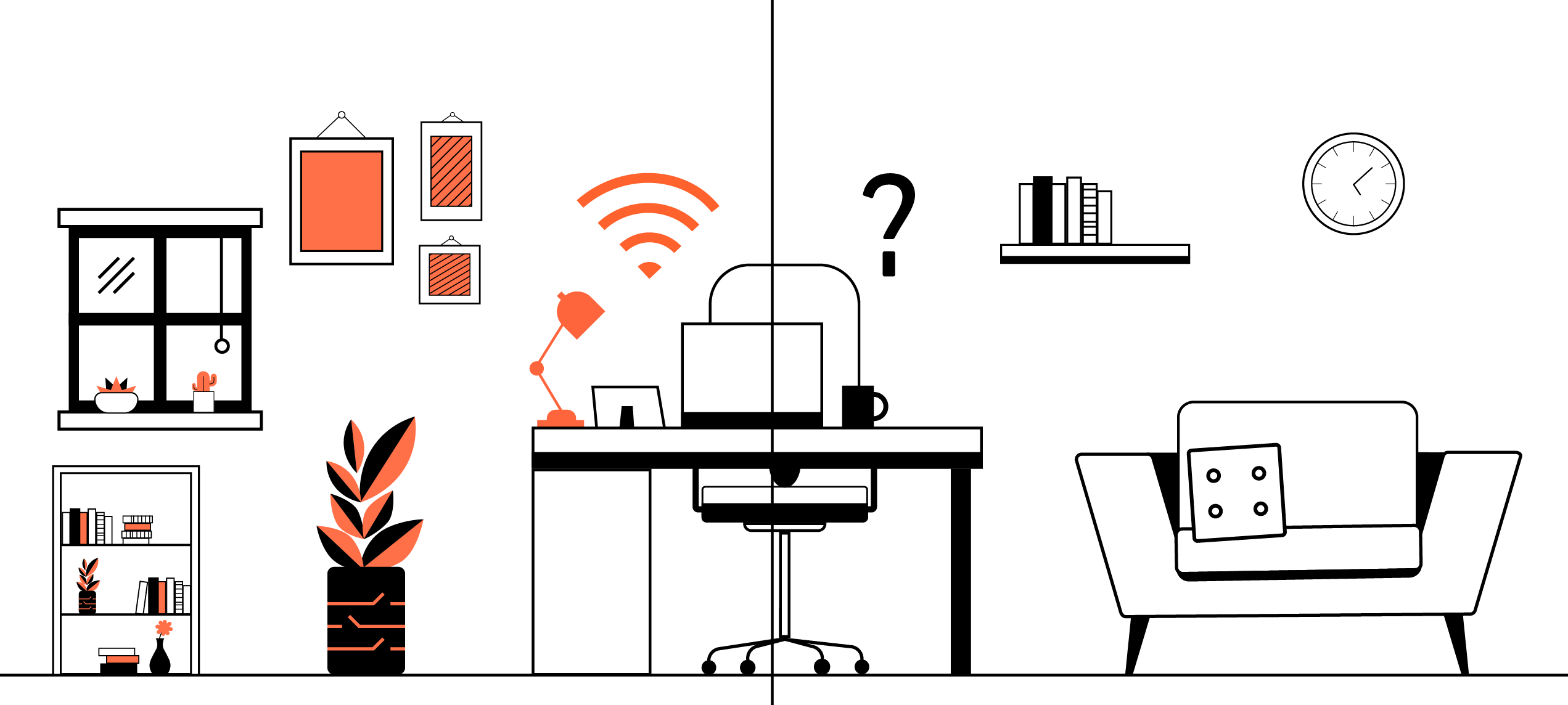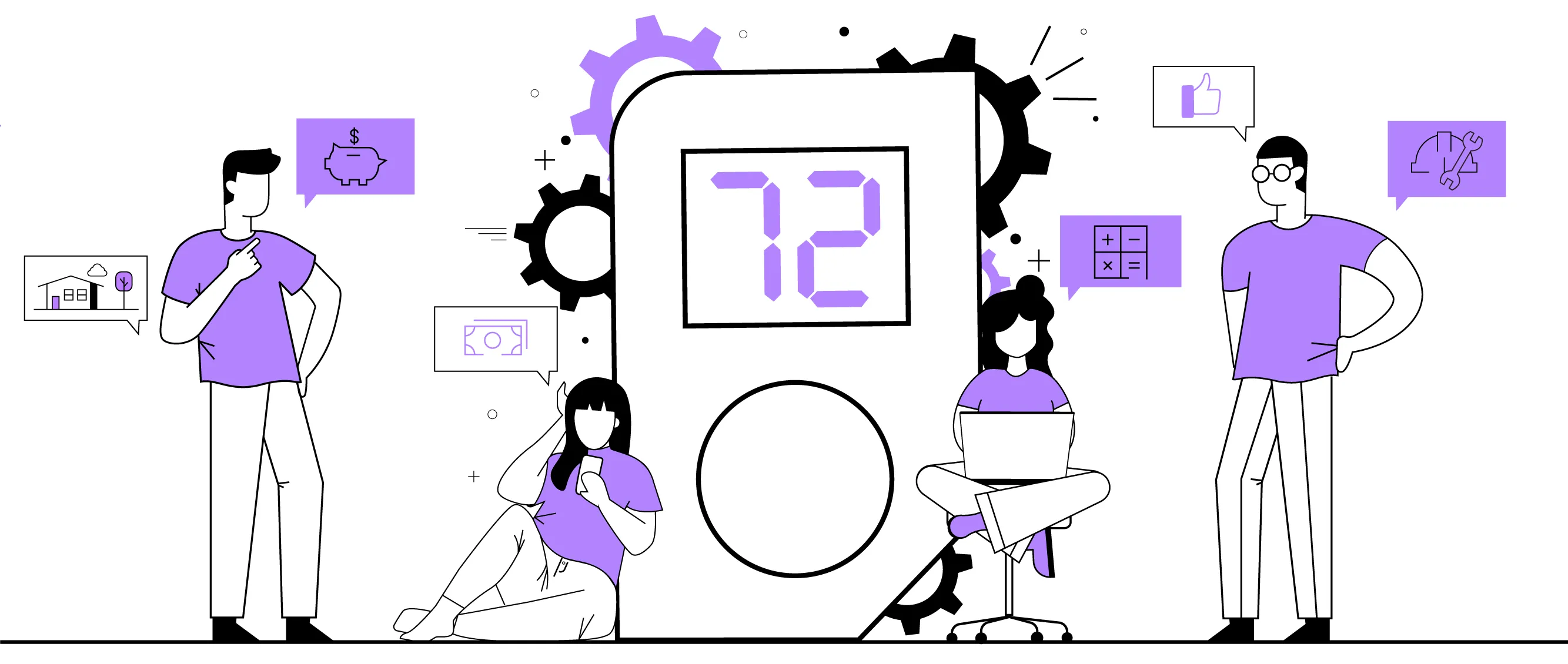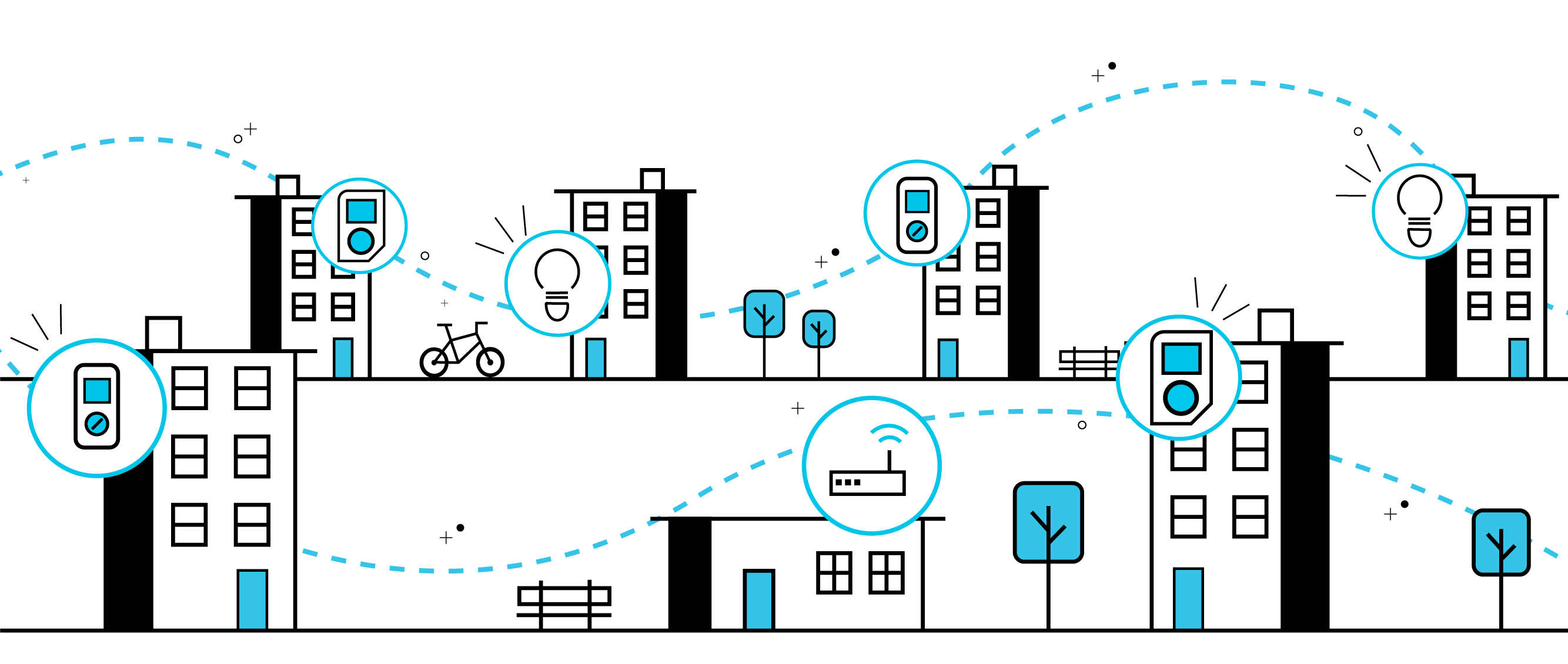2 Questions to Ask About Machine Learning for Chatbots and Digital Humans
Machine learning and artificial intelligence continues to make major headway in the form of customer service for consumers in a number of different industries online. As a consumer, we continue to see these friendly faces and pre-generated responses pop up in the bottom right corner of our computer screen for all kinds of customer support. For the multi family housing industry specifically, chatbots traditionally have answered simple questions from office hours to forms of contact. This has been a tremendous help in answering simple questions from residents and prospective residents. But, as you can imagine, technology does not stop there.
In today’s technology age, the most common form of machine learning is centered around conversational artificial intelligence…otherwise known as chatbots. In its most ideal and efficient state, conversational A.I. should be able to produce unlimited amounts of questions, answers, important points, analysis and even a joke or two. It’s obvious to say that, especially in a consumer setting, we have not reached this point yet, but the tool is still being used.
In 2019, Gartner wrote, “By 2022, 70% of white collar workers will interact with conversational platforms on a daily basis”
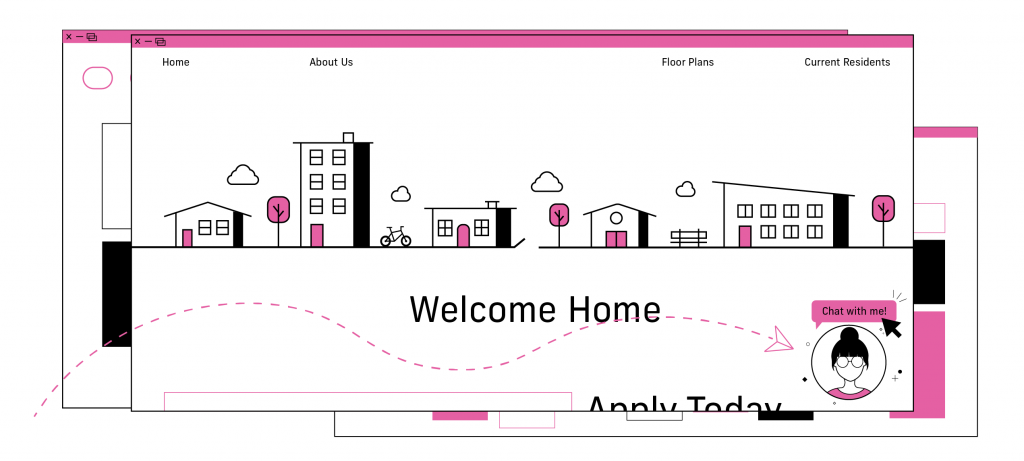
So, where is machine learning and A.I. currently in multifamily?
In terms of conversation, we are seeing A.I. in a continuously improving state of conversation quantity. As developers create the chatbot tool for property websites, they create some set number of pre-generated responses that answers simple questions for the user. From there, the immediate improvement comes in customization. As you can imagine, each apartment property is different from another. A well-built tool creates a chance for property staff to customize responses and information that is specific to their property. This can include square footage of a dog park, walkthroughs of any bed/bath unit variations and more. The main idea is the improvement is going from general user experience to a very specific user experience.
Beyond improved conversation, multifamily housing is also seeing a development in how a chatbot is presented on a page. Traditionally, these icons have shown up in the bottom right corner of the page as a compelling clickable emoji or face (The first one I can think of is “Clippy” from Microsoft Office for Windows 97). Once clicked, a small chat box opens with the ability to type various questions.
The latest development in presentation (and how we present our digital human at Quext) is through an A.I. designed digital human. This allows users to interact with a realistically animated face through a real conversation. Yes, type questions if you would like, but these digital humans are created to mimic that of an in person conversation like verbally asking questions and commenting on floor plans or amenities.
In addition, these digital humans go one step further to create emotional connections with a user through these realistic conversations. When a user’s camera is turned on during a conversation, the digital human is able to interpret an emotional quotient from the individual interacting. If a user makes an upset face after hearing a response to a question, the digital human can match the facial expression and alter it’s answers to try and steer the conversation in the right direction. In this instance, the digital human is predisposed to create a better customer service experience by analyzing the user through the duration of the conversation.
Finally, let’s circle back to the conversation piece. All these improvements to machine learning and A.I. for chatbots and digital humans are great, but it is still a computer. So, how are developments improving to make it feel as real as an in-person conversation? Now, we step further into personalization. As a digital human with a body and face interacting through a screen, it deserves a personality with multiple ways to communicate. This comes in the form of speaking multiple languages and introducing regionally specific colloquialisms to responses in conversation.
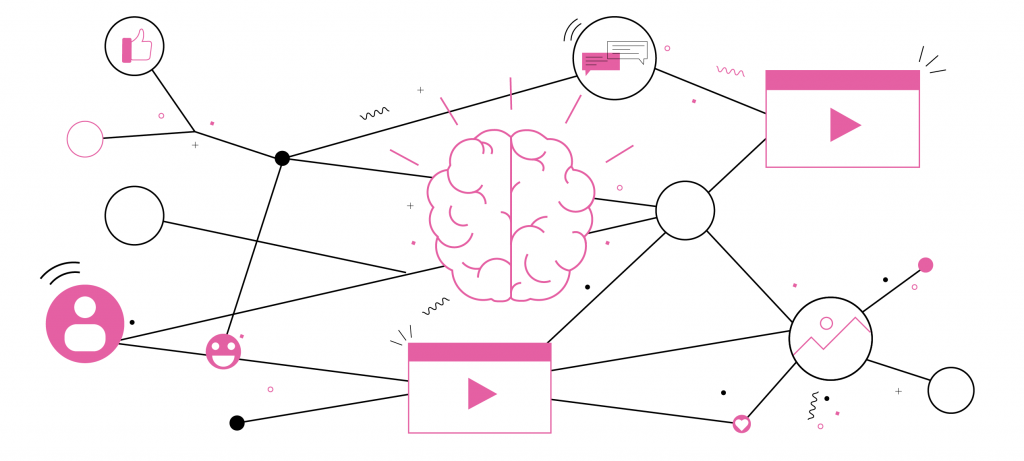
Now, the last question, where will machine learning and conversational A.I. go from here?
A couple answers: first, individuals around the world are never all on the same comfortability level with new technologies as the people creating them–especially inside a user’s home. These changes becoming a regular part of peoples’ lives will take time. For now, the improvements will continue to be slowly introduced.
Lastly, on a more technical level, there is only so far machine learning and artificial intelligence can improve with current knowledge of the human brain. As greater understanding of the brain through neuroscience continues to increase, greater development in machine learning will increase as well.
Jason Anders, VP of Platform Development here at Quext concludes these developments with this: “Right now, conversational A.I. is for answering initial questions about a property and developing a prospective resident profile with common information. The ultimate idea around the future of A.I. and machine learning is creating very specific experiences on a per user basis. This means the machine learning takes every possible answer available and responds to a user based on everything the conversation has led up to that point. Very very specific personalization will always be the ultimate goal”.
Want to learn more about how we are using machine learning and A.I. through our Digital Human here at Quext? Visit our website!
